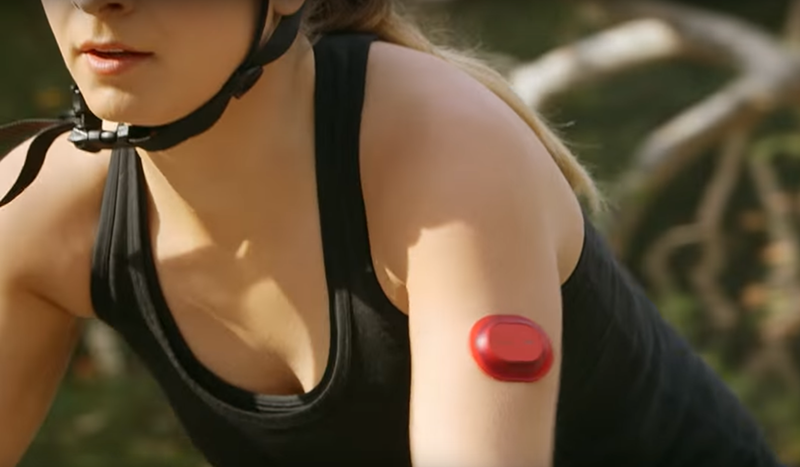Integrated biosensor maker Profusa and NextFlex: America’s Flexible Hybrid Electronics (FHE) Manufacturing Institute, unveiled a skin-worn wearable with an injected hydrogel sensor for real-time oxygen monitoring in tissue at the FLEX 2019 conference in Monterey, California.
Read more UC-Berkeley Researchers Develop Flexible Sensor to Map Blood-Oxygen Levels Across the Body
“Ten years ago, you couldn’t build a reader that could sense multiple signals and filter out the ‘noise’ of the body’s other signals, all while being small and skin-worn,” said Ben Hwang, CEO of Profusa.
The Lumee™ Oxygen Platform is intended for use in patients with potential acute and/or chronic changes in tissue oxygen levels who may benefit from continuous monitoring. The injectable hydrogel sensor is currently CE Marked in Europe and it is not yet commercially available elsewhere, reports a press release.

“With the latest advancements in flexible hybrid electronics technology, it’s just mature enough to work the way we want — primarily because we selected the right domain expertise partner to work with, namely NextFlex. Rather than managing development across multiple R&D and manufacturing facilities, we found a single place at NextFlex’s Technology Hub, where we could develop our solution in very short time and have the right conversations to move our reader design toward production at scale,” Mr. Hwang said.
The development of the skin-worn reader took only four months at NextFlex’s research center and fab in San Jose, California. Taking Profusa’s design work and criteria, Netflex developed them into a smaller, flexible reality that works in harmony with Profusa’s tissue sensors.
Read more EverSleep Helps You Sleep Better by Monitoring Your Sleep, Snoring and Oxygen Saturation
“We’ve been able to take technology that could previously only be deployed in a hospital setting and move toward having a device with clinical-grade information in a wearable and flexible form that’s attractive to consumers, like Profusa’s skin-worn reader for tissue oxygen monitoring,” said Wilfried Bair, NextFlex Vice President of Engineering. “This reflects the accelerated adoption of wireless and flexible hybrid electronics technologies in the digital health era, with wearable devices that generate data that medical doctors and consumers can get the most out of.”












